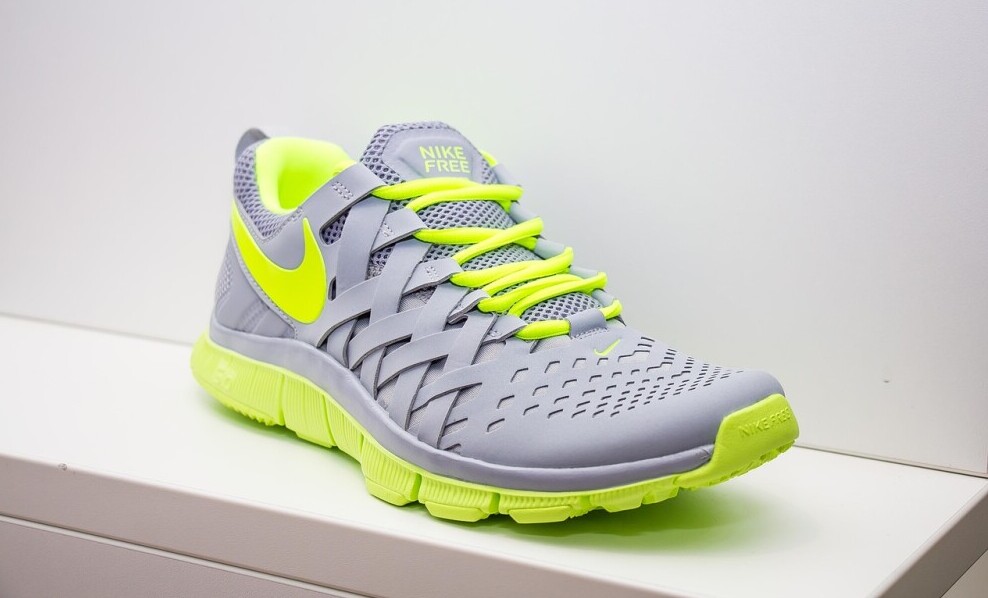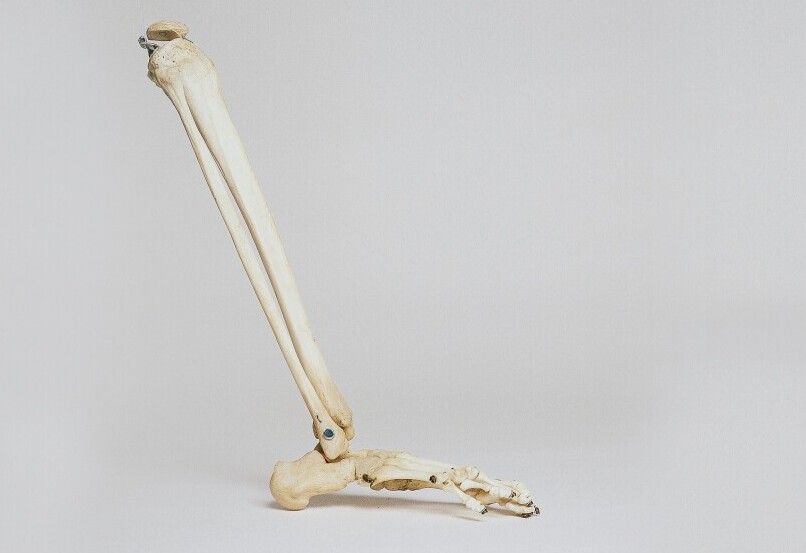How To Choose The Best Running Shoes For My Feet
Kicking things off, it’s crucial to get what’s going on with your feet before snagging those perfect running kicks. Feet come in all shapes and sizes—some of us have flat feet, while others have beautiful high arches. And there’s the classic ‘normal’ arch in between. Each type needs a different type of shoe to avoid discomfort while pounding the pavement.

Foot issues can definitely throw a wrench into things when it comes to running. Plantar fasciitis, bunions, or even plain old sore arches can mess up your game if you’re not wearing the right support. Pinpointing these problems is essential, so you know what you’re dealing with and how to tackle it.
One of the best moves you can make is getting your feet evaluated by a pro. Whether it’s a podiatrist or someone who’s a running shoe guru, having them measure your feet properly can make a world of difference. They’ll help identify any specific needs—like recommending something with extra cushioning for those stubborn heel pains.
There’s no shame in asking for expert advice. It can save you time, money, and maybe an injury or two. Plus, these people stay updated on the latest gear and tech, so their insights are spot-on. Take a little time to understand your feet, and you’ll be setting yourself up for some seriously happy and healthy miles out there.
Decoding Running Shoe Anatomy: The Rule of Thumb
Running shoes might seem straightforward, but they’ve got layers. Literally! Get to know the essentials like the outsole, midsole, and upper. The outsole’s your grip on the track, the midsole is all about cushioning those strides, and the upper keeps everything snug. Knowing what each part does can steer you to a pair that feels like a natural fit.

When it comes to choosing the right size, there’s this handy ‘thumb rule’—literally! It’s all about keeping a thumb’s width of space at the toe area of your shoe. This room allows for some swelling that naturally happens during a long run and ensures your toes have the space to stretch out, reducing the chance of blisters and black nails.
Cushioning, stability, and motion control—these are your shoe’s best support staff. Cushioning pads your joints, stability helps manage the inward roll of your foot in movement (hello, pronators!), and motion control is like your shoe’s way of moderating extreme foot motion. Matching these features to your foot type can transform your running experience.
Since your feet swell and lengthen a bit through the day, try to do your shoe shopping in the afternoon or the evening. That way, you’re more likely to choose a pair that’ll be comfy during longer runs. Get a feel for walking or a quick jog in them if the store’s cool with it—better to figure it out there than on mile three!
Unraveling Pronation: Are You an Overpronator?
Pronation is a natural movement where your foot rolls inward to distribute impact upon landing. It’s totally normal, but the degree to which it happens can affect your running game. Overpronation is when this roll is more pronounced, and that’s where things get tricky. It changes how your body absorbs shock and can lead to issues if it’s not managed properly.

Spotting overpronation isn’t as tricky as it sounds. Check out the wear pattern on your old running shoes; if the inside edge is more worn than the outside, you could be an overpronator. Another clue might be if your ankles seem to tilt inward when you’re standing.
If you suspect overpronation, the right footwear can be game-changing. Look for shoes that offer stability or motion control. These are specifically designed to provide extra arch support and to keep that roll in check.
Other than shoes, a proper look at your running pattern can help too. A gait analysis might be worth considering if you’re looking for precision. Run your best when your body’s aligned properly. Consider a chat with a running specialist to get all angles covered.
Harmonising the Kinematic Chain: Achieving Optimal Performance
The kinematic chain is like your body’s symphony, and getting every part in sync is key to a flawless run. From your feet to your legs to your hips, how one part moves affects the others. Your shoes play a massive part in this chain reaction by impacting things like foot strike and alignment.

Running in shoes that suit your stride helps maintain a smooth kinematic chain and gives you a performance boost. Having the right pair can minimise imbalances, reducing stress on your knees and back.
Working on the synergy in this chain isn’t just about picking the right shoes. Building strength and flexibility in your muscles is just as important. Exercises focusing on the lower body can support the chain better, providing a stable foundation for your runs.
Incorporating simple strength routines and flexibility exercises into your training plan can help. Think lunges, calf raises, and stretches targeting the lower body. Keeping this chain in check means smoother moves, fewer injuries, and more enjoyable runs. Your shoes are just a part of the puzzle, but when they fit just right, it comes together perfectly.
See our footwear ideas here… (Women)
See our footwear ideas here… (Men)
Grab you Herbalife meal plan here…
Click here to sign up for future updates…
Disclaimer: This page contains affiliate links. If you choose to make a purchase after clicking a link, we may receive a commission at no additional cost to you. Thank you for your support!





